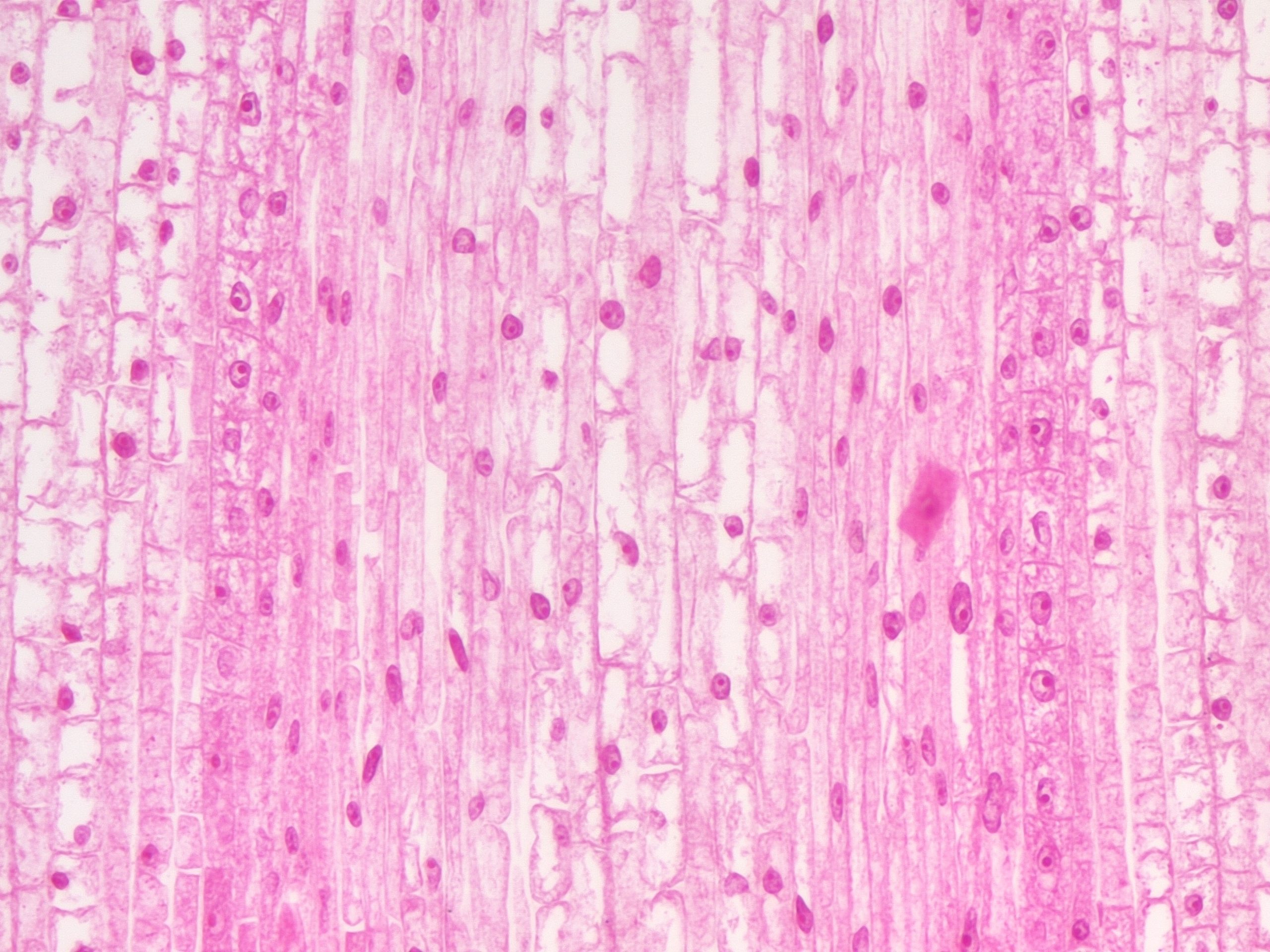When selecting a microscopy camera, the trade-off between pixel resolution and frame rate depends on your specific application. Below are key considerations:
1. Choosing Pixel Resolution
High-Resolution (High Pixel Count) Recommended When:
Static samples (e.g., tissue sections, fixed cells) require fine detail (e.g., organelles, stained particles).
Large field of view (FOV) needed – Higher resolution allows capturing more area without losing detail (e.g., whole-slide scanning in pathology).
Post-capture cropping/zooming – More pixels retain clarity when magnifying regions of interest.
Recommended: Cameras with ≥20 MP and moderate pixel size (3–4 µm) for balanced light sensitivity.
Lower Resolution Acceptable When:
Imaging fast dynamic processes (e.g., live-cell imaging, fluid flow), where speed outweighs resolution.
Budget constraints – Lower-resolution cameras are cheaper and generate smaller data files.
2. Choosing Frame Rate (FPS)
High Frame Rate (≥30 FPS) Recommended When:
Capturing rapid dynamics (e.g., cell division, cilia movement, microfluidics).
Real-time analysis – Needed for automated tracking or instant feedback (e.g., sorting applications).
Recommended: Fast-readout sensors with USB 3.0/10GigE/Camera Link interfaces (e.g., 100+ FPS at full resolution).
Lower Frame Rate (<10 FPS) Acceptable When:
Static or slow-moving samples (e.g., fixed specimens, slow chemical reactions).
Long exposures for low-light imaging (e.g., weak fluorescence signals).
3. Key Trade-offs
Higher resolution = Lower frame rate (due to larger data per frame and sensor readout limits).
Example: A 12 MP (4K) camera may max out at 15 FPS, while a 2 MP camera can reach 100+ FPS.
Pixel size vs. sensitivity:
Larger pixels (e.g., 6 µm) collect more light (better for fluorescence) but reduce resolution or speed.
Smaller pixels (e.g., 2 µm) increase resolution but require brighter illumination.
Interface limitations:
USB 3.0: Good for 1080p @ 60 FPS.
Camera Link/CoaXPress: Needed for ultra-high speed (e.g., 500 FPS @ 720p).
Selection Workflow
Define primary need: Resolution (detail) vs. speed (dynamics).
Calculate required resolution: Ensure 2–3 pixels cover the smallest feature of interest (e.g., 1 µm detail needs ≥2 µm/pixel).
Test frame rate requirements: Sample speed dictates minimum FPS (e.g., 10 FPS for cell migration, 100+ FPS for calcium spikes).
Balance hardware: Optimize within budget—sometimes mid-range cameras (e.g., 4 MP @ 50 FPS) offer the best compromise.

